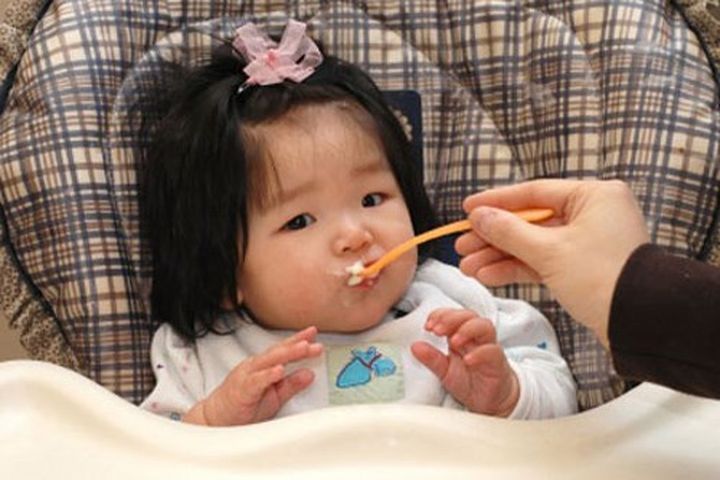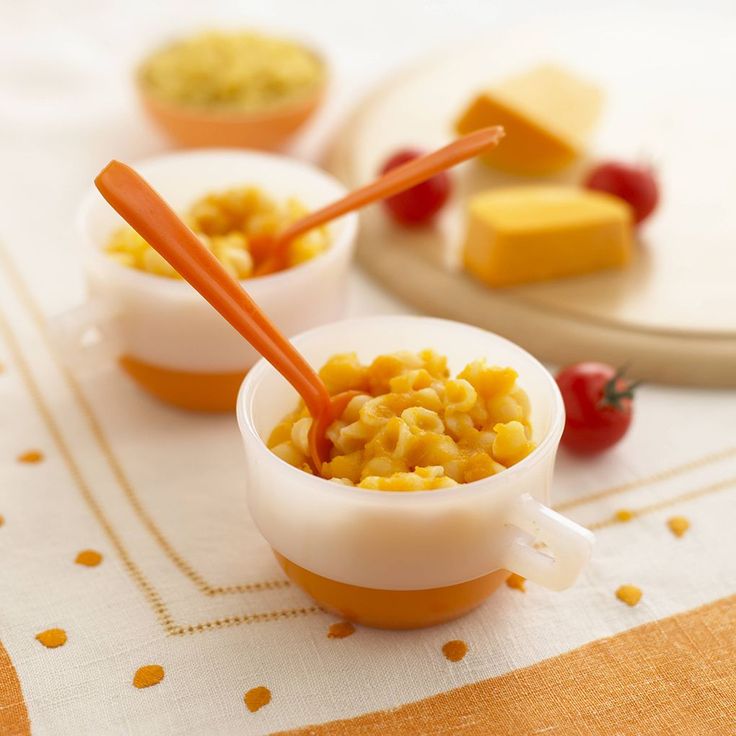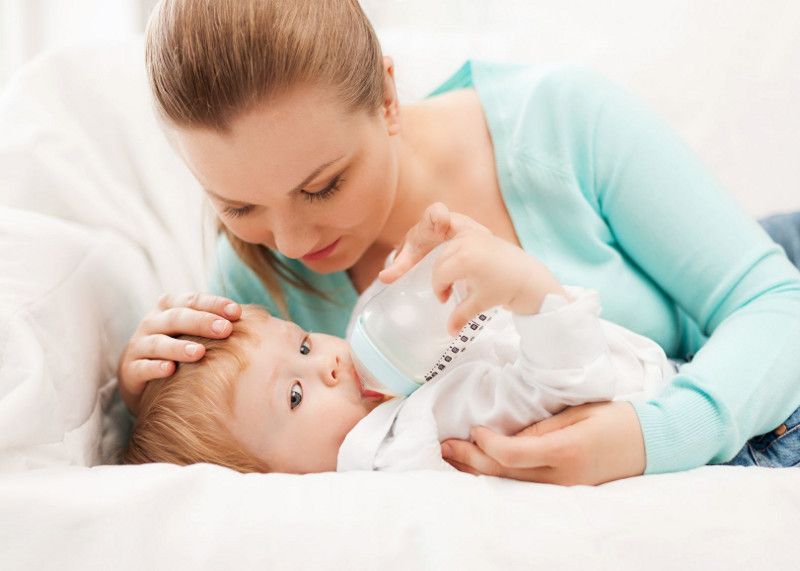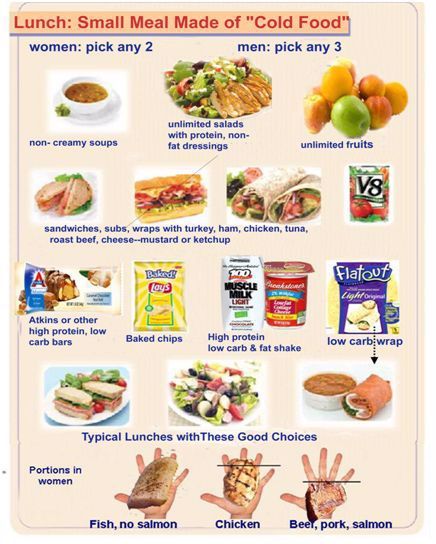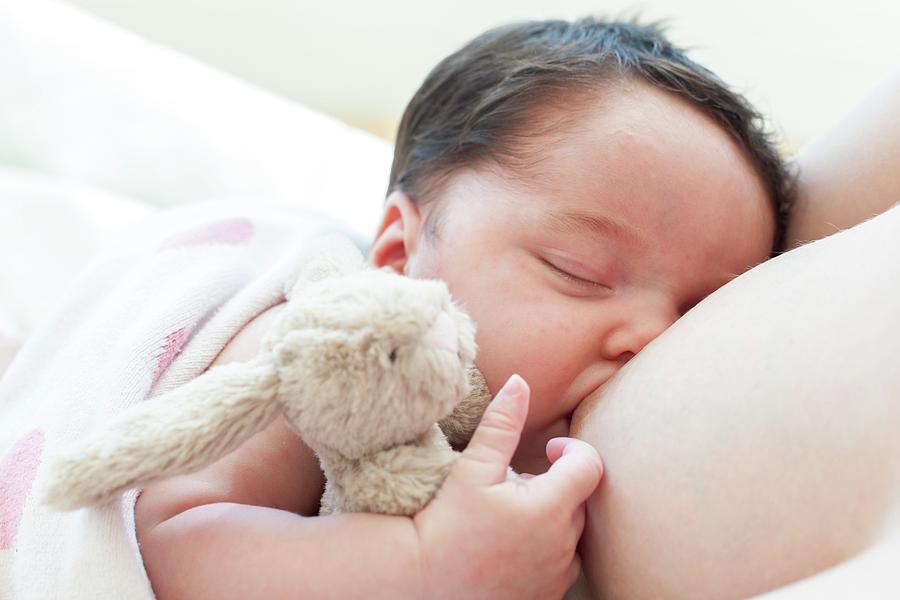What can i feed a baby starling
precise information on caring for wild baby birds
You have identified your wild baby bird as a Starling, or House Sparrow, and you realize it needs help.
Does this bird really need help? Baby birds that have all their feathers are fledglings and are ready to leave the nest. They need to be on the ground a day or two as they learn to fly, their parents are taking care of them. Unfeathered babies can be returned to the nest, for it is not true that if you touch a baby bird the parents will abandon it. If the nest has been destroyed, you can make a new one using something such as a parrot nest box and wire; nail it close to where the original one was. You should put fully feathered babies in a bush or on a tree limb, and they should be just fine. You might want to ask any cat owning neighbors to keep the cats in for a day or two to give the baby birds a chance to learn how to fly. The exception to this would be if there is an injury or the baby has been in a cat's or dog's mouth, even if you don't see any marks on it. Cats and dogs have a bacteria that can be fatal to baby birds if they are not treated with antibiotics. These birds need to be taken to a wildlife rehabber or veterinarian right away.
Now what? You need to learn baby starling care such as how to keep a nestling warm, what type of formula to feed it, how to handfeed it and how often to do so. This page will assist you in helping your baby starling thrive. Baby starlings and House Sparrows require the same care and food.
This page will assist you in helping your baby starling thrive. Baby starlings and House Sparrows require the same care and food.
Our Message board will give you lots more information on sparrows and starlings as well as a chance to talk with other owners of starlings and sparrows. To join click: Message Board
Mites
If you find mites on the baby starling, a good, safe product to use is 5% Sevin Dust. Powder the bird carefully taking care not to get the dust into its face. The mites are species specific and will not infest your house or other birds.
Warmth & Bedding
If the baby is not completely feathered, it needs to be kept warm. You may use a heating pad on low heat, however cover the pad with a towel. (Some approximate temperature ranges are: unfeathered chicks -- 90 degrees; chicks with some pin feathers -- 85 degrees; fully feathered chicks -- 75 degrees.) Place the baby bird into a small container such as a margarine tub lined with crumpled towels. It cannot get any traction on a smooth surface, and the legs sliding out from under it will cause spraddle leg. Then put the container with the baby in a box and set it on the heating pad. If the baby bird has no feathers you will then need to cover the box with another towel to help hold the heat in.
If the baby bird has no feathers you will then need to cover the box with another towel to help hold the heat in.
Hydration
Most of the wild baby birds that come into wildlife centers are dehydrated and suffering some degree of starvation. Babies who have been orphaned for a while will need to be hydrated before being given any food. To check hydration you can look inside the bird's mouth; it should look moist. A dehydrated bird will usually have reddish looking skin.Or you can pull the skin up on the back of their neck, and it should spring back as soon as you let it go. Gatorade or Lactated Ringers Solution are good hydration fluids. In a pinch you may make your own by boiling 1/4 cup Karo corn syrup (Starlings are sucrose intolerant so table sugar or molasses would not be good choices) to one cup water and adding a pinch of salt. Cool to lukewarm, dip your fingers into it and place drops on the top outside of the baby's beak. It will then be able to suck some in without the danger of aspiration. Or you can soak small pieces of bread in the sugar water, squeeze the liquid out so it isn't dripping, and feed it to the baby, or feed small slivers of fruit, without the skin, that has a high water content such as grapes, watermelon, cantaloupe, plums, or cherries.
Gatorade or Lactated Ringers Solution are good hydration fluids. In a pinch you may make your own by boiling 1/4 cup Karo corn syrup (Starlings are sucrose intolerant so table sugar or molasses would not be good choices) to one cup water and adding a pinch of salt. Cool to lukewarm, dip your fingers into it and place drops on the top outside of the baby's beak. It will then be able to suck some in without the danger of aspiration. Or you can soak small pieces of bread in the sugar water, squeeze the liquid out so it isn't dripping, and feed it to the baby, or feed small slivers of fruit, without the skin, that has a high water content such as grapes, watermelon, cantaloupe, plums, or cherries. Never put liquids directly into the mouth of a wild bird, this includes parrot hand-feeding formula. It is too easy for them to inhale the fluid, causing inhalation pneumonia or even drown.
Never put liquids directly into the mouth of a wild bird, this includes parrot hand-feeding formula. It is too easy for them to inhale the fluid, causing inhalation pneumonia or even drown.
Food for Baby Starlings and Sparrows
Starlings are omnivores but are close to being insectivores, and they require high amounts of animal protein. Baby starlings in the wild are fed almost a total insect diet (solid food) by their parents, and therefore are unable to cope with liquids. Adult sparrows eat mostly grain but as babies are fed insects by their parents, so they require the same nutrition as starlings. Parrot hand-feeding formula or softbill pellets are not appropriate foods for baby starlings and sparrows. Parrots and most captive softbills have different nutritional needs than that of starlings and sparrows who are more insectivorous as babies. This is believed to be what adult starlings need in the way of protein and fat; 33.1% protein and 12.1% fat. Protein/Fat ratios were estimated by calculating the average value of insects, seeds/grains, and wild fruits then multiplying the bird's intake ratios (as a percentage of total diet) of each food group and averaging the totals. A baby starling has even higher protein needs.
Parrot hand-feeding formula or softbill pellets are not appropriate foods for baby starlings and sparrows. Parrots and most captive softbills have different nutritional needs than that of starlings and sparrows who are more insectivorous as babies. This is believed to be what adult starlings need in the way of protein and fat; 33.1% protein and 12.1% fat. Protein/Fat ratios were estimated by calculating the average value of insects, seeds/grains, and wild fruits then multiplying the bird's intake ratios (as a percentage of total diet) of each food group and averaging the totals. A baby starling has even higher protein needs. Kaytee softbill pellets have 18% protein and 6% fat, the main ingredient is corn. Exact handfeeding formula has protein of 22.0% and fat of 9.0%, and the main ingredient is corn. A good brand of cat food such as Chicken Soup for the Cat Lover's Soul brand - Senior Light Cat Kibble (32% protein and 9% fat) will work for feeding young birds. Always read the label of the product to make sure not only the protein/fat ratio is right but that the first ingredient listed is chicken. For more information about why dog or cat food is commonly fed to wild songbirds by wildlife rehabbers, please read my webpage entitled, What? Feed Dog Food To A Starling?
Kaytee softbill pellets have 18% protein and 6% fat, the main ingredient is corn. Exact handfeeding formula has protein of 22.0% and fat of 9.0%, and the main ingredient is corn. A good brand of cat food such as Chicken Soup for the Cat Lover's Soul brand - Senior Light Cat Kibble (32% protein and 9% fat) will work for feeding young birds. Always read the label of the product to make sure not only the protein/fat ratio is right but that the first ingredient listed is chicken. For more information about why dog or cat food is commonly fed to wild songbirds by wildlife rehabbers, please read my webpage entitled, What? Feed Dog Food To A Starling?
There are many recipes for feeding ominovores, but most are based on a dog/cat food mixture, such as the recipe below.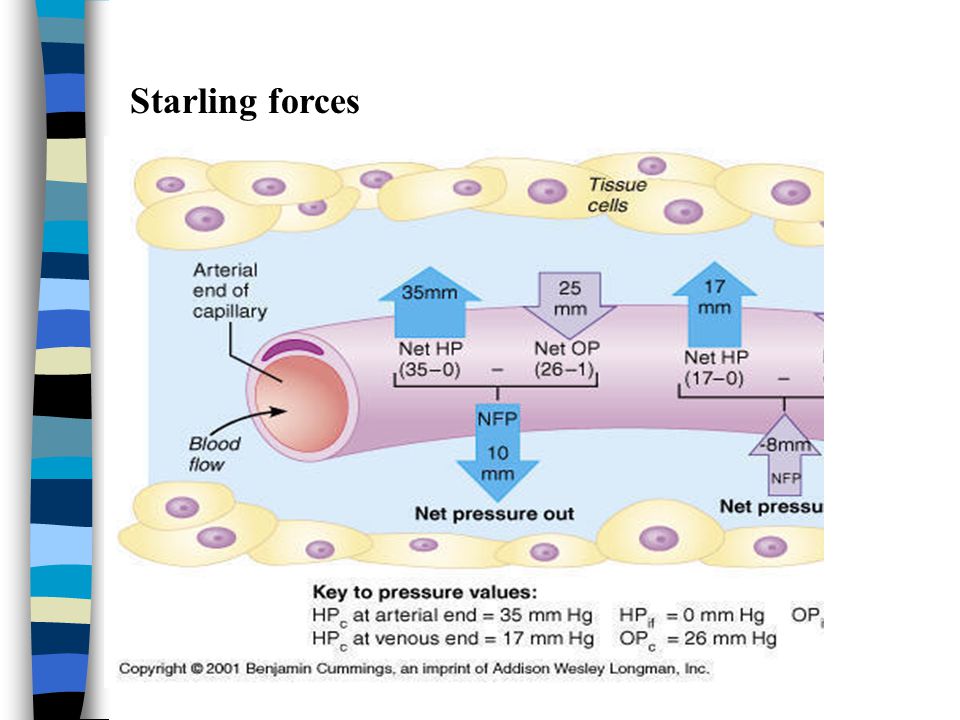 Use dry, soaked, cat food, and be sure that chicken is the first ingredient on the label. Check the vitamin package for the right amount of avian vitamins to use since different vitamins have different recommendations.
Use dry, soaked, cat food, and be sure that chicken is the first ingredient on the label. Check the vitamin package for the right amount of avian vitamins to use since different vitamins have different recommendations.
| Recipe for Handfeeding Forumula 1 cup soaked cat food 1/4 cup of applesauce 1 hard boiled egg Avian vitamins (follow dosage on package) Around 750 mg calcium (I use Tums Smooth Dissolve tablet) ground to powder and dissolved in a little water. Water Mix all ingredients together, and add enough water to make it the consistency of cooked oatmeal as seen in the photo at right. | Proper consistency of handfeeding formula. |
The above formula can be divided into portions and frozen. This formula works well for baby House Sparrows and some other omnivore passerines. Only leave this food at room temperatures for an hour or so, as it can spoil.
Handfeeding
When feeding small babies, use something flat such as McDonald's coffee stirrers, chop sticks, popsickle sticks, or a straw with the end cut off to make a scoop. The handle of a plastic spoon works well for older birds. Caution: Do not use small items such as toothpicks or Q-Tips, as it is very easy for a baby to swallow them. I like to occasionally add small amounts of different foods to the formula, to acquaint them with how different foods taste, such as some mashed sweet potatoes or carrots. You may use any of the jars of baby foods such as peas or beans, and the jars of strained chicken, etc. are also appropriate. The food should be fed at room temperature.
The handle of a plastic spoon works well for older birds. Caution: Do not use small items such as toothpicks or Q-Tips, as it is very easy for a baby to swallow them. I like to occasionally add small amounts of different foods to the formula, to acquaint them with how different foods taste, such as some mashed sweet potatoes or carrots. You may use any of the jars of baby foods such as peas or beans, and the jars of strained chicken, etc. are also appropriate. The food should be fed at room temperature.
| A baby without feathers will need to be fed every 20 to 30 minutes over a period of at least 12 hours a day. Babies starting to feather need to be fed every 45 minutes or so, and a fully feathered baby can go an hour or two without feeding. | Baby starling being handfed. |
Never give a baby bird earthworms or fishing worms! Such worms can carry parasites that are harmful to baby birds. For more information click here. Gapeworms
Self-feeding
When the baby starling is about four weeks old you may begin leaving some food in a small bowl in the cage, and start handfeeding him some food from there. This is also a good time to add a shallow bowl or jar lid of water to the cage. The baby bird will start playing with the food in its cage at about four weeks old. Even when the he begins eating on his own, you will still need to handfeed until he is fully weaned at around six to eight weeks old and sometimes longer. You will know when he is weaned, for he will prefer to feed himself and will no longer eat much from the feeding stick.
This is also a good time to add a shallow bowl or jar lid of water to the cage. The baby bird will start playing with the food in its cage at about four weeks old. Even when the he begins eating on his own, you will still need to handfeed until he is fully weaned at around six to eight weeks old and sometimes longer. You will know when he is weaned, for he will prefer to feed himself and will no longer eat much from the feeding stick.
Weaning baby House Sparrows will start picking up and eating small seeds as well as the dog food mix at this time.
After the baby starling has been eating on its own for three weeks, it should be put on an adult starling diet. This diet is based on a dog food mixture same as the handfeeding formula, and it also incorporates some additional foods into the diet. Click the following link to go the Diet page which details a proper diet for adult starlings: Diet Page
This diet is based on a dog food mixture same as the handfeeding formula, and it also incorporates some additional foods into the diet. Click the following link to go the Diet page which details a proper diet for adult starlings: Diet Page
Normal Nestling Droppings
The photos below show what the normal droppings of a nestling starling in the wild should look like. Until the nestling is about 10 days old, its droppings are encased in a coating that makes it easy for the parents to pick up and remove from the nest. A baby that is getting too much fluid in its food will have loose, runny droppings. A fledgling's droppings are no longer encapsulated in a coating.
A fledgling's droppings are no longer encapsulated in a coating.
| Normal nestling droppings. |
Time for a Cage
When the bird is starting to hop up on the side of the box to be fed, it is time for a cage, the larger the better. For details about building your own cage or purchasing one, click on this link: Cages For Pet Starlings.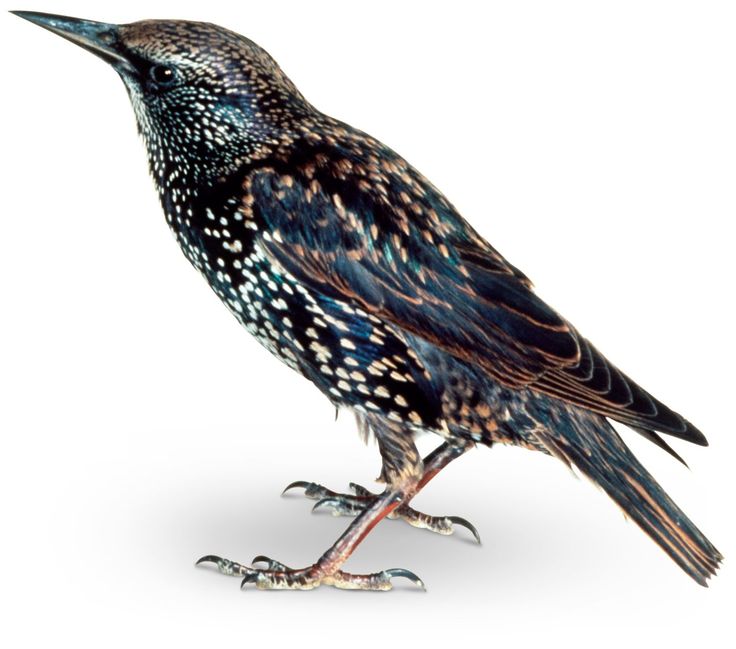
Young starlings enjoy toys such as small plastic whiffle balls or things they can throw around, especially shiny things. They should have some natural sunlight each day or a Vita light. This is a good link with information on lighting for birds: Birds and Lighting
Timetable for Indoor Starlings
These are the average ages for first activities of indoor starlings:
18 days: first drink, bath (in dinner plate)
21 days: starts flying
4-7 weeks: begins eating from dish or ground (not just from your hand)
6-10 weeks: eats fully on own
8 weeks: begins molt
20 weeks: fully adult feathers
15-30 weeks: starts talking
Raising for Release
When raising a clutch of baby starlings or sparrows for release, the diet and feeding is the same as for baby starlings which will be kept as pets. However, the difference in raising for release is that you must not handle them except only if absolutely necessary! Do not allow any pets such as dogs and cats in sight of the baby birds. Do not interact with the baby birds as you would with a pet bird. It is very easy for a baby starling to imprint on its caretaker, and a tame bird would have its chances of surviving in the wild greatly decreased. If you have a single baby under two weeks of age, (imprinting takes place between 7 and 14 days of age), it needs to be given to a rehabber or someone who will raise it as a pet, for a single bird cannot be raised without imprinting on its caretaker.
However, the difference in raising for release is that you must not handle them except only if absolutely necessary! Do not allow any pets such as dogs and cats in sight of the baby birds. Do not interact with the baby birds as you would with a pet bird. It is very easy for a baby starling to imprint on its caretaker, and a tame bird would have its chances of surviving in the wild greatly decreased. If you have a single baby under two weeks of age, (imprinting takes place between 7 and 14 days of age), it needs to be given to a rehabber or someone who will raise it as a pet, for a single bird cannot be raised without imprinting on its caretaker. Baby birds do not need to be taught how to fly, but after they are flying it is important to give them a large area to practice in and lots of free flight time so that they can build up the muscles needed for a successful release into the wild. If you plan to release your babies, they do need to be exposed to the song of their species. Please click here to learn how baby birds learn their song. Learning to sing
Baby birds do not need to be taught how to fly, but after they are flying it is important to give them a large area to practice in and lots of free flight time so that they can build up the muscles needed for a successful release into the wild. If you plan to release your babies, they do need to be exposed to the song of their species. Please click here to learn how baby birds learn their song. Learning to sing
Some additional thoughts on releasing a baby bird can be found here:
Should I keep it or let it go?
These are good check lists to consult before releasing your baby.
Release Criteria
Wildlife International.org
Imprinting
Imprinting is a special learning process through which an animal develops a sense of species identification. Imprinting is a normal process which occurs early in life, during a restricted period of time called a critical period. Thereafter, all species-directed behavior, including courtship and mating, is directed toward the class of subjects that the animal was imprinted on. Imprinting is believed to be irreversible.
Taming is the process by which an animal becomes socialized to humans through prolonged exposure of association with food or other comforts. Many species are easily tamed during infancy. Tame animals do not usually direct species-specific behavior, such as courtship, toward humans if conspecifics are available. Taming is reversible, although this may sometimes require prodigious dedication on the part of the rehabilitator. Taming is known to occur in a wide range of species, with variation in the ease and degree to which it can occur.
Many species are easily tamed during infancy. Tame animals do not usually direct species-specific behavior, such as courtship, toward humans if conspecifics are available. Taming is reversible, although this may sometimes require prodigious dedication on the part of the rehabilitator. Taming is known to occur in a wide range of species, with variation in the ease and degree to which it can occur.
If an animal acts tame, it may be judged as human-inspired and thus permanently unfit for release. Since tameness is reversible, a potentially releasable animal may be kept captive. If an animal does not appear tame, it may be considered non-imprinted and thus releasable, but human-imprinted animals, especially juvenile and adult males, may act fearful or aggressive toward humans.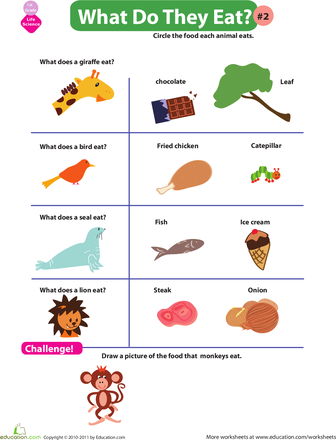 Remember, a human-imprinted animal acts toward humans as it would act toward conspecifics. Truly human-imprinted animals may end up being released if the care taker equates tameness with imprinting.
Remember, a human-imprinted animal acts toward humans as it would act toward conspecifics. Truly human-imprinted animals may end up being released if the care taker equates tameness with imprinting.
In any case, the mere absence of tameness is no basis upon which to judge the behavioral fitness of an animal for release. A better criterion includes the presence of behaviors necessary for survival.. With imprinting, the issue is not just for the rehabilitor to avoid human contact with animals. To survive, an animal must have a normal imprinting experience. As long as the animal in question is exposed to conspecifics during the critical period, some human contact will probably not be deleterious, but should be avoided if at all possible. (Taken from an article by Dr. Paul Beaver, Bird Research Institute, 1984)
(Taken from an article by Dr. Paul Beaver, Bird Research Institute, 1984)
How to Feed a Fledgling Starling
By Stephanie Dube Dwilsoni John Foxx/Stockbyte/Getty Images
Normally if you find a young bird, you should contact a local wildlife rehabilitator. Starlings, as well as house sparrows, are exceptions to this rule. These birds are considered invasive, or non-native, species, and do not fall under the same rules as native birds. Most wildlife rehabilitators probably would decline to care for a fledgling starling, because it is considered an invasive species. This also means that anyone can care for an abandoned starling without breaking any laws.
Prepare the Food
Fledgling starlings require food that is high in protein. Commercially available food for domesticated birds, such as parrots, will not have a high enough protein content to keep the starling strong and healthy. You can make your own food with one of many recipes available on the Internet.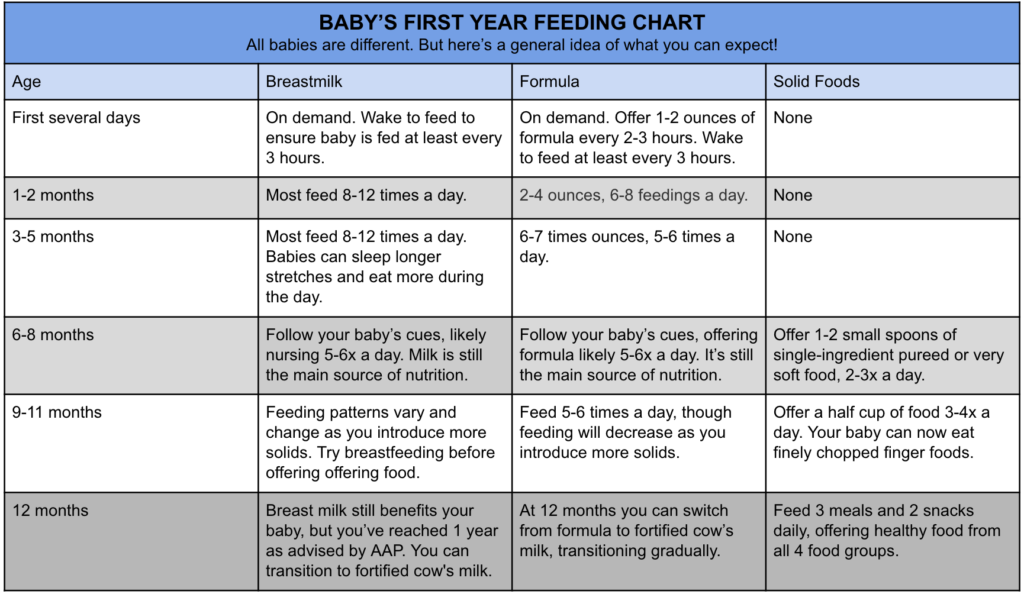 Most start with a base of high quality cat food. Select a cat food that has a protein level of at least 32 percent, as well as a fat level of at least 9 percent. Chicken should be the first ingredient on the label. Soak one cup of cat food in enough water so that it is soft but still holds its shape. Add one-quarter cup of applesauce and one finely chopped hard boiled egg. Stir in 750 milligrams of calcium, using a source such as over the counter chewable heartburn tablets. Top with avian vitamins, available at most pet stores. Divide the food into smaller servings and freeze. Don't leave the food at room temperature for longer than an hour or it may spoil.
Most start with a base of high quality cat food. Select a cat food that has a protein level of at least 32 percent, as well as a fat level of at least 9 percent. Chicken should be the first ingredient on the label. Soak one cup of cat food in enough water so that it is soft but still holds its shape. Add one-quarter cup of applesauce and one finely chopped hard boiled egg. Stir in 750 milligrams of calcium, using a source such as over the counter chewable heartburn tablets. Top with avian vitamins, available at most pet stores. Divide the food into smaller servings and freeze. Don't leave the food at room temperature for longer than an hour or it may spoil.
Feed the Fledgling
Scoop a small amount of food onto the end of a coffee stirrer, chopstick or straw that has had the end cut off to form a spoon. Ideally, your fledgling will open his mouth when the food gets nearby. It may take him a few sessions to associate your hand and the feeding implement with food, but he will catch on quickly.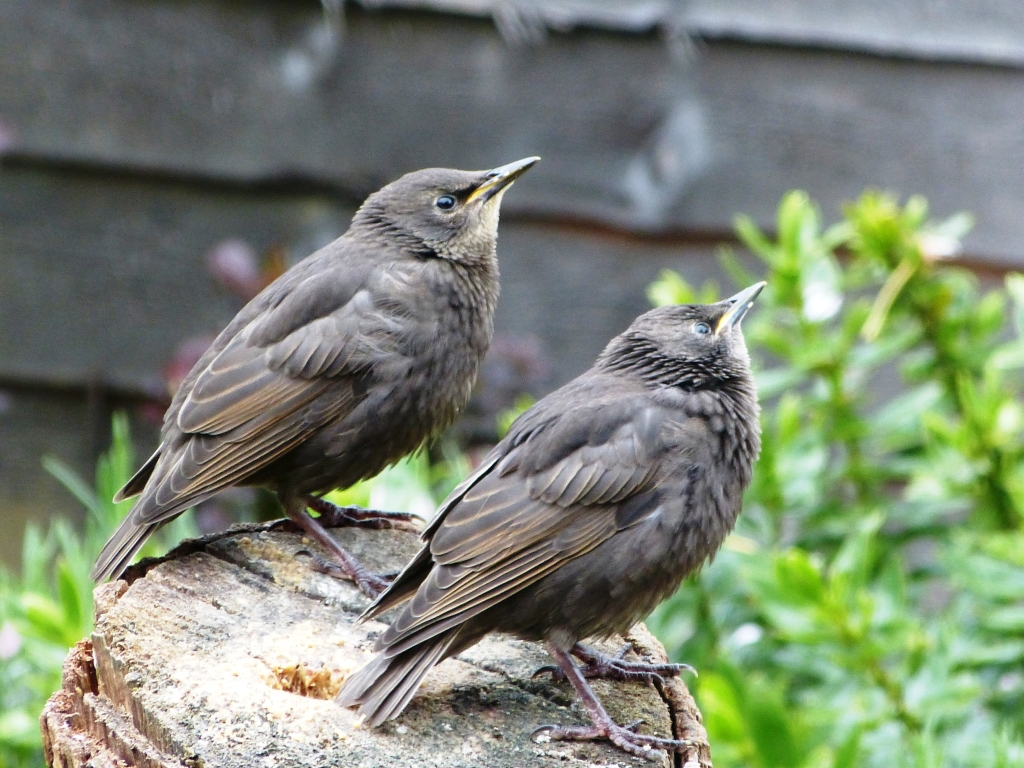 When hungry, fledglings will open their mouth, which is called gaping. Drop the food onto his bottom beak when he does this, and he will swallow the food. Feed him until he quits gaping, he will stop when he has had enough, you don't need to worry about overfeeding him. Feed him every hour or two during the day. He will sleep from dusk to dawn, and doesn't need to eat during this time.
When hungry, fledglings will open their mouth, which is called gaping. Drop the food onto his bottom beak when he does this, and he will swallow the food. Feed him until he quits gaping, he will stop when he has had enough, you don't need to worry about overfeeding him. Feed him every hour or two during the day. He will sleep from dusk to dawn, and doesn't need to eat during this time.
Vary His Diet
Once you and your fledgling are comfortable at mealtimes, you may want to add a little something different to his food. Maintain the same base formula, but stir in additional foods so he becomes accustomed to various flavors. You can add a spoonful of any jarred fruit, vegetable or strained meat baby food, as well as raw, unsalted sunflower seeds, raisins, rolled oats or chopped apples.
Encourage Him To Feed Himself
Once your fledgling is eating well, you can start to transition him to feeding himself. Start by putting a container of his food in his cage while you feed him, feeding him directly from the dish.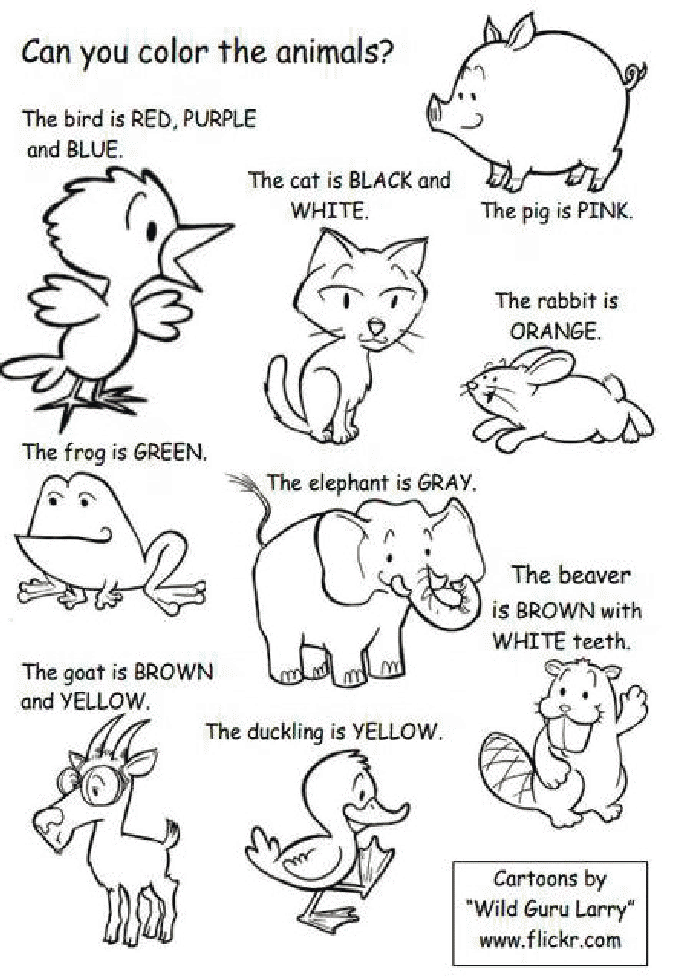 Take your time while feeding him. He will get curious and start pecking at the food when he sees you refilling his feeding utensil. He gradually will start taking more of his nourishment from self feeding and start depending on you less. This is also the perfect time to add a small bowl of water to his cage.
Take your time while feeding him. He will get curious and start pecking at the food when he sees you refilling his feeding utensil. He gradually will start taking more of his nourishment from self feeding and start depending on you less. This is also the perfect time to add a small bowl of water to his cage.
References
- Wildlife Hotline: Raising Baby Sparrows and Starlings
- Starling Talk; Baby Starling Care
Photo Credits
How to care for a starling. Common starling (Sturnus vulgaris). What to feed starlings
According to the characteristic features of postembryonic development, brood and nestling birds are distinguished. Broods leave the nest shortly after hatching from the egg and are not fed by their parents; chicks need a long stay in the nest and feeding.
Almost all of them perish due to improper maintenance. If you have taken responsibility and decided to feed the found chick, you should follow certain rules. nine0003
1. Never feed bread to chicks as is usually done. An exception may be a roll soaked in fresh milk, but not more than twice a day.
Never feed bread to chicks as is usually done. An exception may be a roll soaked in fresh milk, but not more than twice a day.
2. Do not give birds salty food - salt is toxic to them. You can add crushed chalk, coal in small quantities to the feed.
3. Feed the chicks as often as possible - at least once every two hours, but in small portions. Chicks of small insectivores (less than a sparrow in size), eat food about 3/4 of their own weight; starling, myna, hoopoe - less than half; corvids - about 1/4 of their weight per day. nine0003
4. The diet should include mainly natural food - earthworms, caterpillars (devoid of hairs), grasshoppers, larvae and soft-bodied insects (with the exception of brightly colored ones). Among artificial feeds in small quantities are pieces of boiled and raw meat. You can give finely chopped unsalted fish and shellfish.
5. Chicks of granivorous birds need cereal seeds at the stage of milky-wax ripeness, which must first be crushed in a mortar, many granivorous birds also willingly eat animal food. nine0003
nine0003
6. If the bird does not take food, at first it should be fed by gently opening the beak with your fingers.
Chicks that have fallen out of the nest are quite a common occurrence in spring. Their unfortunate squeak awakens the maternal instinct even in the most callous hearts. It's natural that you want to pick up a chick and walk him out. But before you do that, you need to take some time to assess the situation and make sure you're doing the best for the chick. Was he really abandoned? Are there centers nearby that could provide better care for him? If you decide to feed the chick yourself, it is important that you understand the responsibility you place on yourself. Chicks are very delicate creatures that need to be fed almost constantly. If you think you're ready for it, this article will tell you everything you need to know about feeding and caring for a chick. nine0003
Steps
Assessment of the situation
Determine if the chick is an immature or mature (brood) bird.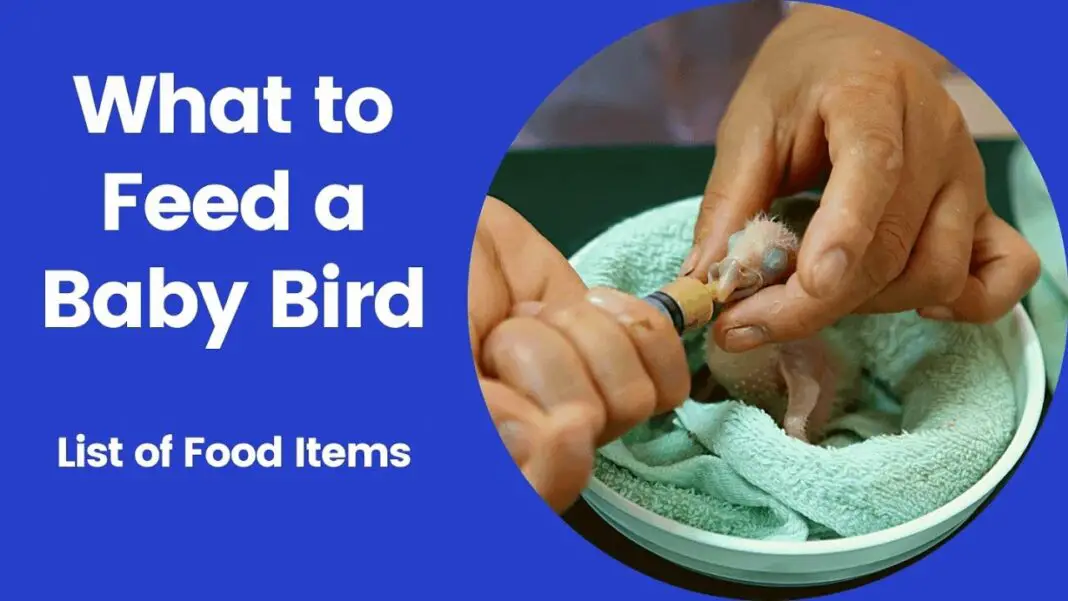 Immature-born birds are those whose chicks hatch blind, featherless and completely dependent on their parents for food and warmth. Most passerines and songbirds are immature born, such as robins, jays, cardinals. Breeding birds are more developed at the time of hatching, they are born sighted, have soft fluffy feathers. They are able to walk and immediately begin to follow their mother, picking up food along the way. Examples of such birds are plover, ducks, geese. nine0028
Immature-born birds are those whose chicks hatch blind, featherless and completely dependent on their parents for food and warmth. Most passerines and songbirds are immature born, such as robins, jays, cardinals. Breeding birds are more developed at the time of hatching, they are born sighted, have soft fluffy feathers. They are able to walk and immediately begin to follow their mother, picking up food along the way. Examples of such birds are plover, ducks, geese. nine0028
Determine if the chick has or has not yet fledged. If you find an immature chick that you suspect has fallen out of the nest or been abandoned, you must determine whether it has fledged or not. Fledglings are too immature to leave the nest, may have underdeveloped feathers and may not even have their eyes open yet. The fledglings are older, have developed feathers and are strong enough to learn to fly. They can leave the nest and know how to perch on and hold on to branches. nine0028
If possible, put the chick back in the nest. If you are sure that the chick you met has not yet fledged and is lying helpless on the ground, it is probably possible to return it back to the nest. First, see if you can see a nest in a nearby tree or bush. It can be well hidden or located in a hard-to-reach place. Then pick up the chick with one hand from below, covering the second from above, hold it until it warms up. Inspect it for damage, if everything is in order, carefully return it to the nest. nine0028
If you are sure that the chick you met has not yet fledged and is lying helpless on the ground, it is probably possible to return it back to the nest. First, see if you can see a nest in a nearby tree or bush. It can be well hidden or located in a hard-to-reach place. Then pick up the chick with one hand from below, covering the second from above, hold it until it warms up. Inspect it for damage, if everything is in order, carefully return it to the nest. nine0028
Make a replacement socket if needed. Sometimes even entire nests can fall over due to strong winds, tree pruning or predators. If this is your case, you may be able to save the nest (or make a new one) and put the chicks in. If the original nest still hasn't decayed, you can place it in a berry basket or oil can (with holes drilled for drainage) and use some wire to hang the nest from a branch. Try to fix the nest in its original place. If this is not possible, the branch closest to it will do. Just make sure the selected area is covered and not in direct sunlight. nine0003
Just make sure the selected area is covered and not in direct sunlight. nine0003
- Gather fallen chicks and warm them with your hands before placing them in the nest. Leave the place, but try to keep an eye on the nest from afar. Parents may be suspicious of the appearance of another nest instead of the old one, but the instinct of caring for offspring should help them overcome doubts.
- If the original nest is completely destroyed, you can make a new one by lining the bottom of the basket with paper towels. Even if the original nest was made of grass, you should not line the nest you made with grass, as it contains moisture and can overcool the chicks. nine0050
If you are sure that the chicks are abandoned, try to find a rehabilitation center. It is important to establish the fact that the chicks are abandoned before taking them. The most common situations in which chicks need help are: when you find a fledgling but cannot locate or reach the nest; when a dropped chick is wounded, weak or soiled; when you watched the substitute nest for more than two hours and the parents did not return to feed the chicks. nine0028
nine0028
Feeding a chick
-
Feed the chick every 15-20 minutes from sunrise to sunset. Chicks are very picky about feeding schedules, their parents make hundreds of trips for food every day. To recreate this feeding schedule, you should feed the chick every 15-20 minutes from sunrise to sunset.
- When the chick opens its eyes and has grown a few feathers, you can increase the feeding intervals to 30-45 minutes. You can then gradually increase the amount of food given per feeding and reduce the number of feedings accordingly. nine0050
- When the chick is strong enough to climb out of the nest and starts jumping over the box it's in, you can feed it about once an hour. Gradually, you can reduce this time to 1 feeding every 2-3 hours and start leaving bits of food in the box for the chick to pick up on their own.
-
Know what to feed your chick. There are various options for the food a chick should consume, however, most experts say that as long as the chick is getting the nutrients it needs, what kind of food it is fed is not critical.
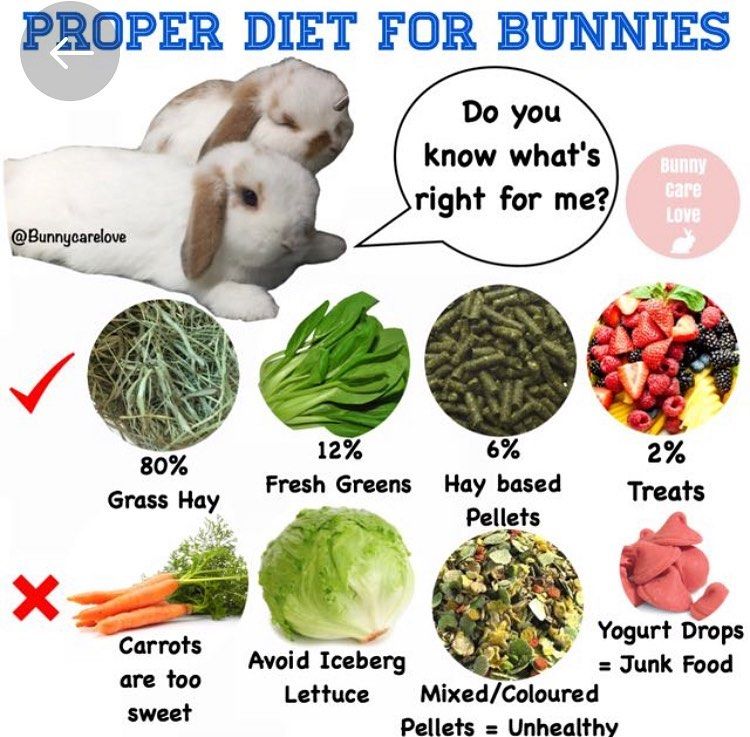 Even if different species of adult birds have different diets, most chicks have very similar requirements, they need protein-rich food. nine0003
Even if different species of adult birds have different diets, most chicks have very similar requirements, they need protein-rich food. nine0003 - The ideal starter diet for a newly hatched chick is 60% puppy or kitten food, 20% hard-boiled eggs, and another 20% mealworms (which can be purchased).
- Puppy or kitten food should be soaked until it reaches a sponge-like consistency, but should not spill water as the chick may choke due to excess water. Boiled eggs and mealworms should be finely chopped so that the chick can swallow them. nine0050
-
Start changing your diet as your chick grows. When the chick starts to grow up and jump around the box, you can start to change his diet according to what he should eat as an adult.
- Insectivorous birds will eat earthworms, grasshoppers and crickets, which must be finely chopped along with any insects you can find in the insect trap.
- Fruit-eating birds will eat berries, grapes and raisins soaked in water.
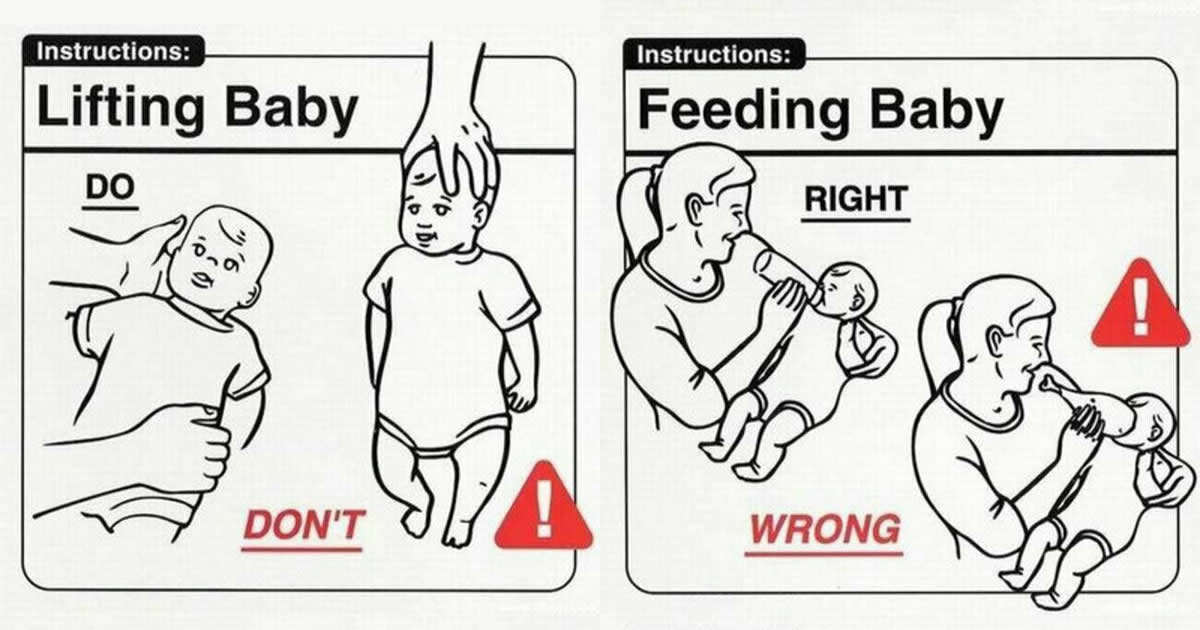 nine0050
nine0050
-
Know which bird species require a special diet. Exceptions to the above diet are pigeons, parrots, hummingbirds, fish-eating birds, birds of prey and any chicks of mature birds.
- Pigeons and parrots usually eat the so-called "bird's milk" - a substance regurgitated by the mother. To recreate it, you will have to feed these chicks with parrot food (available at the pet store) from a syringe without a needle. nine0050
- Although it is unlikely that you will see other species of birds, their needs are as follows: hummingbirds need a special nectar diet, fish-eating birds need finely chopped small fish (available at a fish store), birds of prey need insects, rodents and small chicks, and mature chicks will thrive on a turkey diet.
-
Do not feed bread or milk to chicks. Many people make the mistake of feeding their chicks bread or milk. Unlike mammals, milk is not part of the diet of birds, they will not be able to eat it.
 And bread is full of empty calories and won't provide the chick with the nutrients it needs to survive. You must also ensure that the food given to the chick is at room temperature. nine0003
And bread is full of empty calories and won't provide the chick with the nutrients it needs to survive. You must also ensure that the food given to the chick is at room temperature. nine0003 -
Use correct feeding technique. Chicks should be fed very carefully. The best tool is blunt tweezers or a plastic clip. If you don't have either, thin Chinese sticks (thin enough for a chick's mouth) will do. To feed a chick, take some food with tweezers, a clip, or chopsticks and put it in the chick's mouth.
- Do not be afraid that the chick will choke, the glottis of birds closes automatically during feeding. nine0050
- If the chick does not open its beak, tap it lightly with your feeding tool or rub food along the edge of the beak. This will be a signal to him that it's time to feed. If the chick still won't open its beak, carefully do it yourself.
- Continue to feed the chick until it stops opening its beak or starts refusing food. It is important not to overfeed the chick.
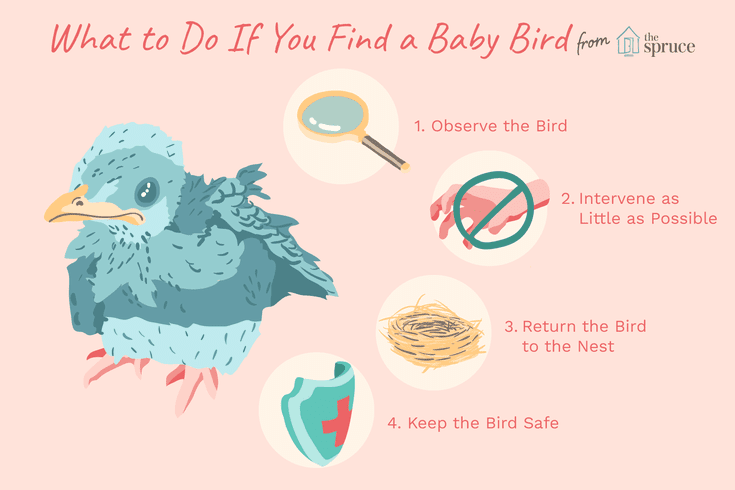
-
Avoid giving the chick water. Usually chicks do not drink water, as water can get into the lungs and they will suffocate. They should only be given water when they are old enough to start jumping over the box. At this point, you can place a shallow container of water (such as a jar lid) in the box where the chick can drink on its own. nine0003
- You can put a stone or a couple of pieces of marble in a container of water to keep the bird from sitting in the water.
- If you think your chick is dehydrated, you will need to bring it to a veterinarian who can give you the necessary fluid injections.
Caring for a chick
-
Make a temporary nest for the chick. The best way to make a replacement nest is to use a cardboard box, such as a shoe box, in which you will need to make some holes. Place a small plastic or wooden bowl in the box and line it with unstained paper towels.
 This will be a great cozy nest for a chick. nine0003
This will be a great cozy nest for a chick. nine0003 - Never line the nest with fibrous or crushed litter, as it can wrap around the legs and wings or get caught in the chick's throat. You should also avoid using grass, leaves, moss, as these can be damp and moldy easily.
- You should change the nest litter as soon as it becomes damp or soiled.
-
Keep the chick warm. If the chick is damp or cold, you should warm it up as soon as you place it in the box. This can be done in various ways. If you have a heating pad, you can set it to a low temperature and place a box on top of it. Alternatively, you can use a ziplock bag filled with warm water and placed in a box; or hang a 40-watt lamp over the box. nine0003
- It is very important to keep the nest at a constant temperature, so it is best to put a thermometer in the box. If the chick is less than a week old (he is blind, without feathers), the temperature should be around 35 degrees.
 It can be lowered by 3 degrees every week.
It can be lowered by 3 degrees every week. - It is important to keep the chick box away from direct sunlight and drafts. Small chicks are very susceptible to hypothermia and overheating, since they have a fairly large body surface in relation to their weight, and they have not yet developed the thermal insulation of feathers. nine0050
- It is very important to keep the nest at a constant temperature, so it is best to put a thermometer in the box. If the chick is less than a week old (he is blind, without feathers), the temperature should be around 35 degrees.
-
Create a stress-free environment for your chick. Chicks will not survive unless they are kept in a calm, stress-free environment. When chicks are stressed, their heart rate increases significantly, which is dangerous for their health. As a result, you need to keep the box quiet, out of the reach of children and pets. You should also avoid exposing the chick to the following:
- Excessive or improper handling, loud noises, incorrect temperatures, overcrowding (if you have more than one chick), poor feeding schedule or improper diet. nine0050
- You should try to keep the bird at eye level to observe it, as birds don't like being looked down upon.
 Keeping at eye level makes you look less like a predator to them.
Keeping at eye level makes you look less like a predator to them.
-
Keep a chick growth chart. You can monitor your chick's growth by weighing him daily to make sure he is gaining weight. You can use notepad for this. The weight should increase daily, and in 4-6 days it should be twice as much as the weight at hatching. Rapid weight gain should continue during the first two weeks of the chick's life. nine0003
- To check if a chick's height matches that of its species, you will need to consult the growth chart for its bird species.
- If the bird gains weight very slowly or does not gain weight at all, this is a clear sign that something is not right. In such a situation, you must immediately take the bird to a veterinarian or a rehabilitation center, otherwise it will probably die.
Songbirds, starlings, belong to the family of the Starling order Passeriformes. They not only sing melodiously and are distinguished by the abilities of mockingbirds, but also destroy insects, for which they fell in love in all corners of our planet where they were brought by man.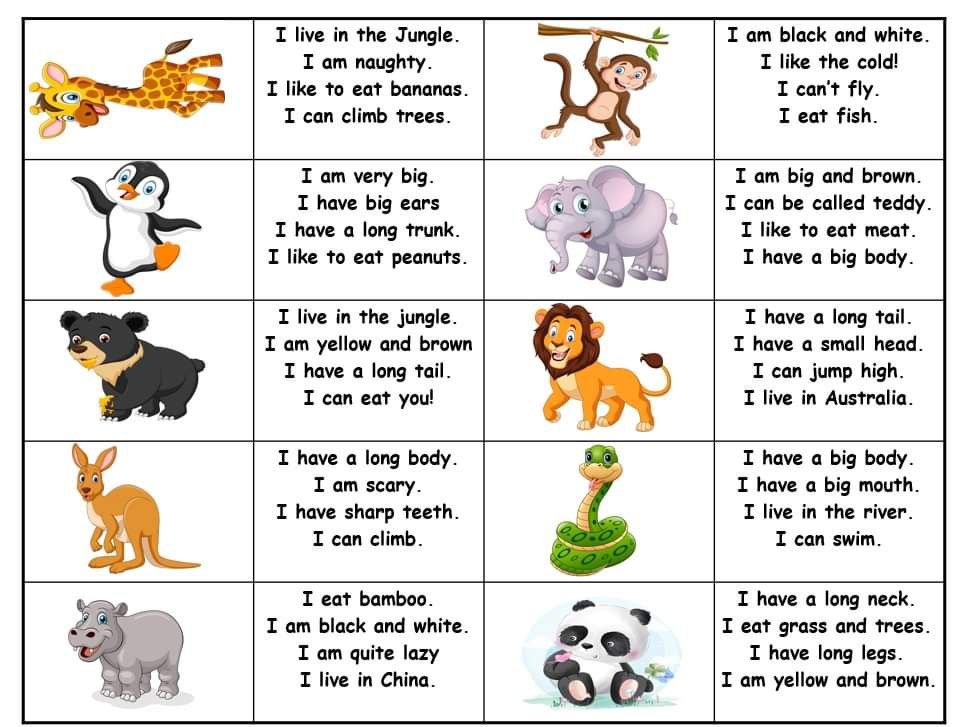 nine0003
nine0003
There are about 10 species of starlings, which differ mainly in the regions of their residence. The most famous of them is the common starling, a resident of Eurasia.
Starlings are birds of size with a long and straight beak with a slightly flattened tip, a short tail and sharp wings. Their plumage is dominated by black with white patches and a characteristic multi-colored tint.
What does it eat?
Starlings are omnivorous birds that find their own food, depending on the season. nine0003
In spring they prefer animal food - earthworms, insects and arthropods (spiders, caterpillars, butterflies, grasshoppers). In summer and autumn, they willingly eat vegetable food: fruits, vegetables, berries, seeds.
Starlings can use their large and strong beak as a kind of lever to open fruits protected by a hard peel or shell.
Habitat and distribution range
The distribution range of starlings is very wide. Each species has its own characteristics in the settlement, and in general, the natural habitats of these birds include all regions of Europe and Asia, as well as North Africa.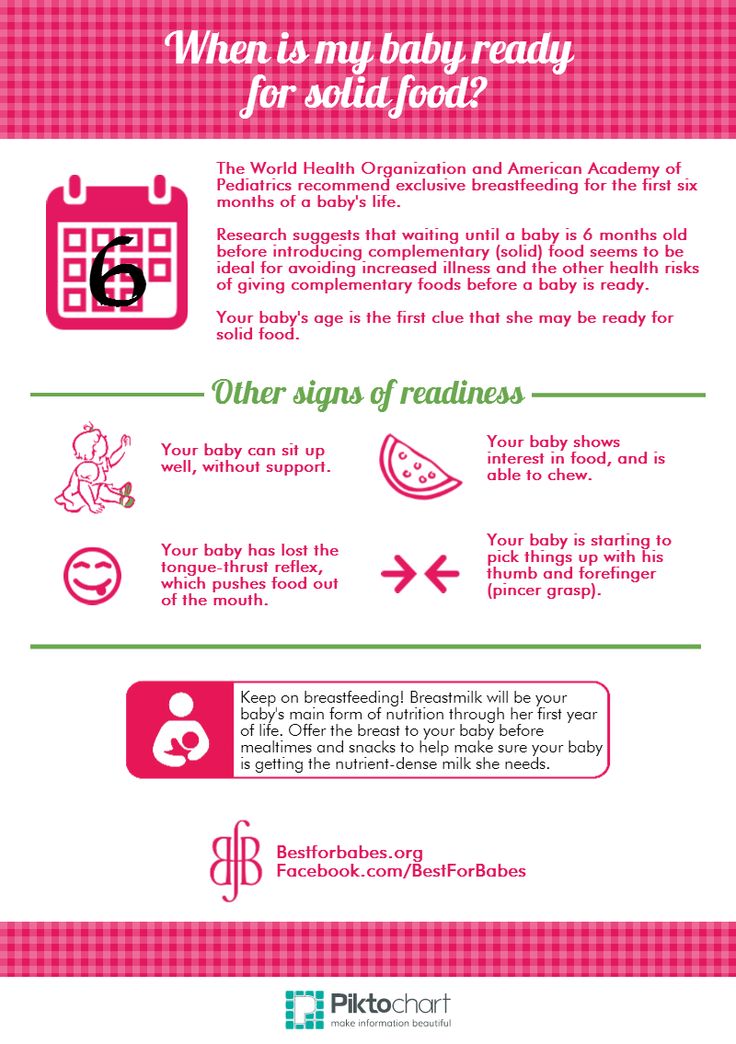 nine0003
nine0003
Individual species of starlings were brought by humans to North and South America, Australia and New Zealand. The distribution of starlings was facilitated, first of all, by their reputation as excellent pest fighters.
Starlings inhabit the plains and rarely climb the mountains. They willingly choose housing near a person.
Starling migration directly depends on its habitat. All birds living in the northern regions migrate south for the winter and are considered migratory birds. Their migration begins in September-October, and the distance traveled by starlings reaches 2,000 km. Birds return to their native lands at the end of March or in April. nine0003
Starlings, which live in the south of Europe and Asia and in Africa, are sedentary birds.
Types
Bird up to 22 cm in length with a wingspan of about 38 cm and a weight of 70-80 g. The long and sharp beak is slightly curved downwards. The color of the back and tummy in females and males does not differ: black plumage with a metallic sheen of purple, green, blue or brown.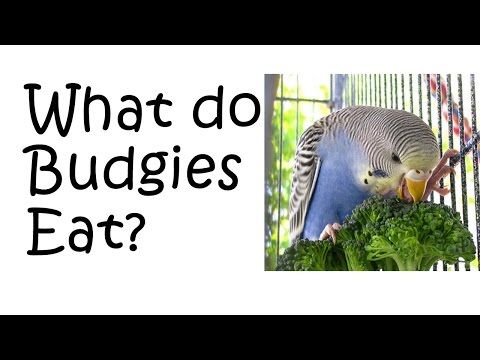 The species is distributed throughout Eurasia.
The species is distributed throughout Eurasia.
The species lives in southern Asia. This bird is 20 cm long, with a wingspan of up to 12 cm and a weight of about 50 g. The back of the birds is brownish-gray, the breast and tummy are beige-brown. The head is decorated with black feathers with a shimmer, which form a crest. The beak is yellow. Sometimes the brahmin starling is confused with the pink starling, but it differs in that there are no black feathers on its chest. nine0003
Body length in birds up to 25 cm. The plumage of the head, neck and breast is light brown. The belly is pinkish grey. The back is dark gray, sometimes with a slight metallic sheen. The species lives in the countries of Indochina, including Myanmar, Thailand, Vietnam, Laos, Cambodia.
Lives in the south and west of China. It reaches a length of 20-24 cm. In males, the head and abdomen are white with a brown or gray tint. Breast, back and sides are dark grey. The plumage of the tail and wings is black with a green, blue or purple metallic sheen. The beak, according to the name, is red in this species. nine0003
The plumage of the tail and wings is black with a green, blue or purple metallic sheen. The beak, according to the name, is red in this species. nine0003
The main habitat of this species is southern and southeastern Asia. The bird is similar to the black-necked starling, but smaller in size. Male and female are very similar. The plumage of the head, throat, chest and back is black. Cheeks and underparts are white with grey. The wings and tail are brown-black with white feathers. The beak is orange-red.
The species reaches a length of 22 cm, a wingspan of up to 14 cm, and a weight of 60-90 g. It is distinguished by a contrasting unusual plumage: black head, neck and breast with a metallic sheen and pastel-pink belly and back. On the head is a crest of long feathers. The beak is thicker and shorter than the common starling. The pink starling lives in the southeast of Europe, in Central Asia. nine0003
This relatively small species lives in India and China. The body length reaches 22 cm, weight - 45 g. The head of the bird is white-gray, the cheeks and the back of the head are with a silvery sheen. The beak is interesting: a blue base, a green middle and a yellow tip. The back is brown-gray, the tummy is brown.
The body length reaches 22 cm, weight - 45 g. The head of the bird is white-gray, the cheeks and the back of the head are with a silvery sheen. The beak is interesting: a blue base, a green middle and a yellow tip. The back is brown-gray, the tummy is brown.
Songbird up to 25 cm long. Inhabitant of East Asia. The breast, belly and rump of this species are light gray in color. Feathers on the head with black and black-brown streaks, on the cheeks there are bunches of white feathers. The beak is yellow-orange with a dark tip. nine0003
The species lives on the islands of Java and Bali in Indonesia. The length of its body is 22-24 cm, the wingspan is up to 130 cm. The plumage color of this species is mostly white, except for black wings and a tail with a white stripe at the end. Feathers on the head have a brown tint and form a crest on the back of the head. Beak and legs are yellow.
One of the largest representatives of the starling species with a body length of up to 30 cm and a wingspan of up to 16 cm. Distributed in southeast China, Myanmar, Thailand, Laos, Cambodia and Vietnam. The back, tail and wings are black with white patches, the head and abdomen are white. On the neck is a collar of black shiny feathers. nine0003
Distributed in southeast China, Myanmar, Thailand, Laos, Cambodia and Vietnam. The back, tail and wings are black with white patches, the head and abdomen are white. On the neck is a collar of black shiny feathers. nine0003
Inhabitant of Europe and North Africa. Bird sizes: 19-22 cm long, 13-14 cm wingspan, 80-115 g weight. The species is very similar to the common starling. The predominant color of its plumage is black with a metallic sheen of purple or green. The tail is short and straight. The beak is sharp and long, curved down.
Male and female: main differences
Sexual dimorphism in all starling species is rather weakly expressed. So, for example, the male and female of the common starling differ in feathers on the chest - in females they are more elegant and shorter. In addition, females have red dots at the base of the beak, while males have a blue spot. nine0003
Females and young of other species are slightly lighter than male starlings.
Home maintenance
In captivity, the starling will need a cage with a minimum size of 70 cm by 30 cm by 45 cm with a separate bathing and drinking container, as these birds are very fond of bathing. Water is changed daily.
What to feed
Birds are absolutely unpretentious in their diet. The diet is often based on a nightingale mixture of grated carrots, eggs and white crackers. Fish food (daphnia, gammarus), meat (pieces of chicken or beef), seeds of plants and cereals, vegetables (everything except legumes and potatoes), greens, pieces of fruit and berries are also added. nine0003
The only disadvantage in keeping these birds is their slovenliness. Starlings are really dirty, they often need to be cleaned up.
Captive breeding
Starlings can nest at home if the couple is provided with cozy conditions and peace. Eggs (up to 5 in one clutch) are incubated by the female for 12 days. About 3 weeks old chicks grow up after birth.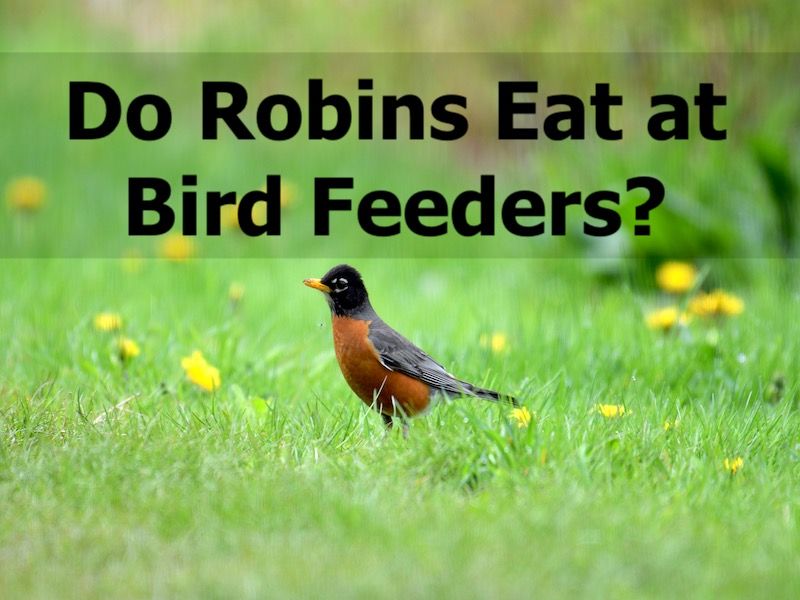
- In nature, starlings live up to 12 years, and in captivity - even up to 20 years;
- Starlings are very aggressive towards other bird species, and can displace species from their usual habitats, as, for example, happened in North America when the starling conflicted with the green woodpecker; nine0050
- Starlings are known as fighters against pests, but they can also harm humans - destroy crops of grain plants and vineyards;
- Starlings like to live in large flocks, during the roosting period several thousand individuals can gather together.
- Synchronous flight of large flocks of starlings is called murmuration. This is a very beautiful and fascinating phenomenon - many birds seem to be dancing in the air, forming various intricate figures that decrease and increase in the sky. Murmuration - and today remains a mystery in the behavior of birds for scientists. It is impossible to reproduce this process even with the help of the most modern technology.
 nine0050
nine0050
Singing
Starlings are not only distinguished by their own sonorous iridescent trills, which consist of whistling, creaking, hissing sounds, but are also excellent mockingbirds. Perhaps there is no such melody that the starling could not reproduce. The song of a thrush, or a jay - a starling can perform any.
Moreover, the starling can eavesdrop and perfectly copy melodies from the life around him - the croaking of frogs, the barking of dogs, the bleating of sheep.
And at home, the starling can not only be tamed, but also taught to speak short phrases and tongue twisters. nine0003
It often happens that starling chicks fall into human hands. This is due to the fact that babies can fall out of the nest at any time, since it does not provide a degree of protection. In addition, the cubs are quite shy and begin to back away when they feel the approach of danger. And given that the chicks still cannot fly, they have no opportunity to rise back.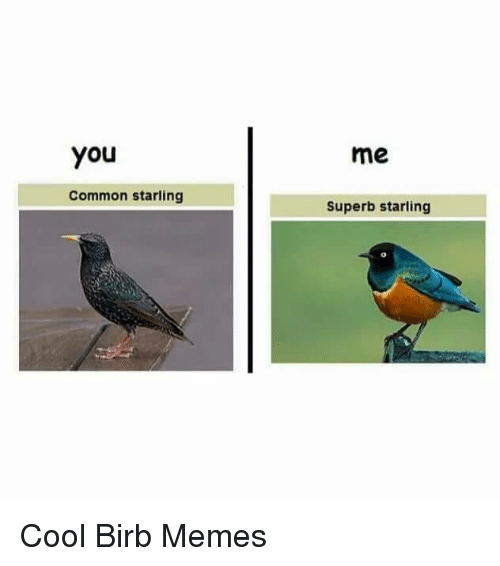 On the ground, they are most vulnerable - most predators will now be able to eat small chicks. In this case, a person becomes the only savior, and if he tries, he will be able to grow a healthy starling. nine0003
On the ground, they are most vulnerable - most predators will now be able to eat small chicks. In this case, a person becomes the only savior, and if he tries, he will be able to grow a healthy starling. nine0003
The biggest mistake in caring for a baby is feeding him bread. The fact is that only adults can digest it, starling chicks are not yet able to do this. You can soak a soft bun in milk and give it to the baby, but you should not do this often. In addition, babies should not eat salty foods as salt is toxic to them. In fact, the diet should be as close as possible to that which birds would have in nature: small insects, worms, larvae, caterpillars, sometimes meat (both raw and boiled). Starlings eat fish with appetite, as long as it is not salty. It should be remembered that you still have to get natural food, because the cub will grow poorly on one meat or fish. Remember that in your hands is a baby who feeds on grains. Therefore, it is necessary to add various cereal plants to the diet. However, you should not abuse such food, because it is too hard, the cub's body will not be able to cope with a large portion. nine0003
However, you should not abuse such food, because it is too hard, the cub's body will not be able to cope with a large portion. nine0003
Once you have decided on the starling, you should figure out the dosage. Since the bird in question is quite large, it should have enough food. The total weight of food that starling chicks should eat within two hours should be equal to half the weight of the baby. If the baby eats everything that you have prepared for him at one time, then you are lucky - you are dealing with an adult enough, which increases the chances of the chick to survive. If he does not eat everything at once, then you need to feed the bird in several approaches. nine0003
In addition, one should not forget that starling chicks must quench their thirst, otherwise they will die of dehydration. As a rule, babies do not immediately begin to eat and drink from the hands of a person. In order to prove your good intentions to them, you need to slightly press on the sides of the beak, opening it, then the fledgling will feel that it satisfies hunger and thirst, and subsequently will not resist feeding. Babies are usually fed with a pipette.
Babies are usually fed with a pipette.
If you are wondering what breed your starling chick belongs to, the photo will help you. The fact is that you can determine the type of this bird even at a young age. The chicks are very different from each other. In addition, information from books can help you determine the gender and age of the foundling. In any case, if you find a chick that is not able to feed itself, help him, because you have every opportunity for this! nine0003
If you take a young chick from the nest and feed it instead of the parent birds, then such a fosterling becomes completely tame and treats its caregiver with complete confidence.
First of all, you need to decide which bird to take in order to master the skill of rearing. There is little choice here. The first bird can only be one of the corvids - a jackdaw, a crow, a rook, a magpie, etc. I recommend starting with a jackdaw or a magpie. By the way, these birds do not require a lot of time for feeding: they can get food in 2-3 hours. nine0003
nine0003
After corvids, you can start feeding starlings and thrushes. But here there will be more difficulties. They need to be fed every hour, and these birds are softer (especially thrushes). It is better not to feed small insectivorous birds. The risk of ruining them is quite high, and these birds are our friends and helpers in the fight against harmful insects. Experienced hobbyists feed some songbirds, which are then taught to sing by placing them with good singers of the same species. Birds capable of adopting someone else's song are kept together with the best singers of other species. All fosterlings live better in captivity than birds caught by adults; they are said to be "sturdier". nine0003
Having spotted a nest with the right chicks, they prepare everything necessary for their maintenance and store food (ant eggs, flour worms, etc.). Only after that they take the chicks from the nest. For education in captivity, it is recommended to take them at a time when they begin to fledge and only have fluff on their heads. It is even better to take very small downy chicks. They will become especially tame, but it will take longer and harder to feed them. The main difficulty is in providing them with heat. In the first days of their development, they have the temperature of the surrounding air and from time to time are warmed up by the female on the nest. Therefore, in captivity, chicks should be kept at a temperature of about 40-41 ° C.
It is even better to take very small downy chicks. They will become especially tame, but it will take longer and harder to feed them. The main difficulty is in providing them with heat. In the first days of their development, they have the temperature of the surrounding air and from time to time are warmed up by the female on the nest. Therefore, in captivity, chicks should be kept at a temperature of about 40-41 ° C.
A simple thermostat can be built to keep the chicks warm. The case for it is a plywood box, which is usually used for postal parcels. It is better to place it so that one small wall serves as the bottom, and the opposite one as a lid. A cartridge is strengthened in the lower part of the side wall and a light bulb is screwed into it. It is covered with sand so that there is a layer of about 5 cm above it. A nest is placed on the surface of the sand - natural or artificial from rags. Cotton wool is unsuitable: the chicks get entangled in it. Of the natural ones, the nest of the song thrush, plastered inside, is more convenient than others.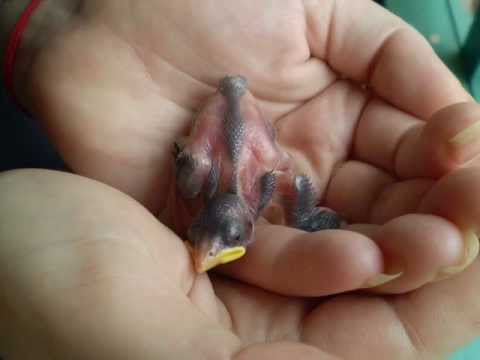 nine0003
nine0003
By lighting the lamp, the sand is heated to 40-41°C (there must be a thermometer on its surface). If the light bulb is small or there is an incandescent rheostat, it can burn around the clock. All you need is confidence that the temperature does not rise above normal; overheating chicks is even more dangerous than cooling.
Chicks taken shortly before departure and dressed with feathers at least on their backs no longer need artificial heating (unless, of course, the temperature is too low). The best room for them is a basket with a lid. For small chicks, a nest is placed inside it, for large ones - corvids and others - they arrange a bed of rags. It is impossible to feed the birds immediately after they are taken. It is necessary to give them time to get hungry: for small birds - 2-4 hours, for starling, thrushing - 5-6 hours, for corvids - up to 12 hours. It is most convenient to take the chicks an hour or two before dusk and start feeding the next morning. nine0003
If the chicks are taken relatively large, they do not open their mouths even when they are hungry. You have to force feed them by stuffing food into your mouth. In this case, the food must be pushed as deep as possible, otherwise the chick will throw it out and not swallow it. Before force-feeding, you should try out some tricks that can cause beaks to open. You can, for example, knock on the basket where the chicks are sitting, or shake it a little. On the chicks of rooks, crows and other corvids, it is recommended to blow or wave something near them so that they feel the breeze that occurs when a bird that has arrived with food is landing on the nest. Hooded crows N usually respond well to imitating the "carr" call. Even with the most approximate imitation of this sound, they instantly open their mouths. nine0003
You have to force feed them by stuffing food into your mouth. In this case, the food must be pushed as deep as possible, otherwise the chick will throw it out and not swallow it. Before force-feeding, you should try out some tricks that can cause beaks to open. You can, for example, knock on the basket where the chicks are sitting, or shake it a little. On the chicks of rooks, crows and other corvids, it is recommended to blow or wave something near them so that they feel the breeze that occurs when a bird that has arrived with food is landing on the nest. Hooded crows N usually respond well to imitating the "carr" call. Even with the most approximate imitation of this sound, they instantly open their mouths. nine0003
Birds of prey chicks
Most often it happens that the chicks, hungry, begin to voice themselves and open their mouths, asking for food. We need to give them food quickly. After two or three times, they no longer hide when they see a person, but open their mouths wide.
Food is usually given with blunt-tipped forceps. The smallest are fed from a feather or from a match. For jackdaws and larger birds, food is thrust into the beak with the fingers. Young birds are very voracious. You have to feed small birds almost continuously, at intervals of no more than an hour or two. Even corvids should be given food approximately every 2-3 hours. nine0003
In order for the chicks to get used to the person better, when giving food, you need to call them by name or make some always the same sound, for example, a whistle. By the time the chick begins to fly, he will perfectly know this signal and, having heard it, will fly to you. At night, a basket with chicks is best placed at the head of the bed. Hungry, they will raise a squeak and wake up the owner at dawn. From this time, periodic feeding begins. What to do?! You have to not sleep, otherwise the chicks will die of hunger! If you are not confident in your patience, do not take on the feeding of even the simplest and most undemanding birds - corvids! nine0003
During the day, there is also little free time left: sometimes you need to feed the chicks, then get food - dig worms, "mow" insects, etc.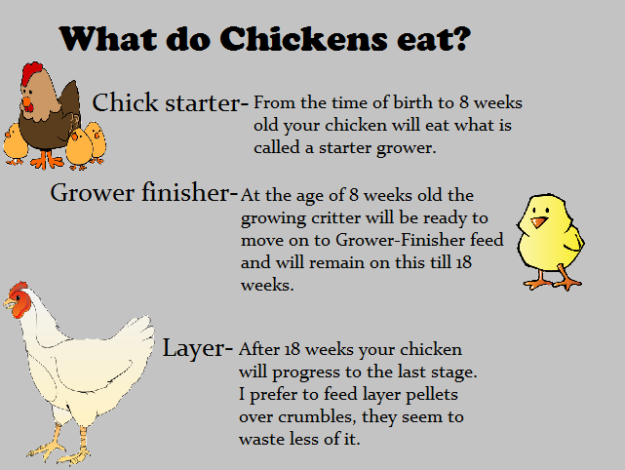 As soon as the chicks grow up so much that they themselves begin to flit, you need to teach them to peck on their own. If you do not do this, they will fly after you and beg for food for a week, two, or even a month.
As soon as the chicks grow up so much that they themselves begin to flit, you need to teach them to peck on their own. If you do not do this, they will fly after you and beg for food for a week, two, or even a month.
First, the chick is given food not from above (opening its mouth, it always turns its beak up), but from the front, each time lower and lower. Then the food is kept in front of a hungry chick, without putting it into the oral cavity. He sometimes screams for a very long time, goes around the food from all sides, even fits on it with his open mouth and, finally, grabs and swallows. Now you can put food on the table in front of the chick; he will peck her. It helps if you tap your finger on the table. It is even better if there is another bird that will peck the food in front of the chick. In this case, he adopts the "science" very quickly. Finally, a good way is to give moving food, such as a writhing mealworm, a fly, or another insect with broken wings. Chicks need to be taken outside more often. Often it is here that they quickly learn to peck, finding moving insects in the grass. nine0003
Often it is here that they quickly learn to peck, finding moving insects in the grass. nine0003
The first step is important, the first prey you seize on your own. Then you can no longer feed from your hands, although the chick will beg for food for a long time. Now education becomes more pleasant and easier.
The best food for nestlings of small songbirds and woodpeckers is ant eggs. At least in small quantities, it is also necessary for most other birds, especially brood birds (coot, chicken). With a small addition of flour worms, this food is able to feed relatively tender birds, such as white wagtails. Among the feed substitutes, three are considered the main ones: raw meat, white bread soaked in milk, and cottage cheese. Bird essays have already talked about the best food for each of them. In addition to the usual feed, it is very important to give the chicks mineral feed, as well as vitamins, water and sand. nine0003
It is not necessary to water the birds if the feed (eg bread soaked in milk) contains a lot of moisture.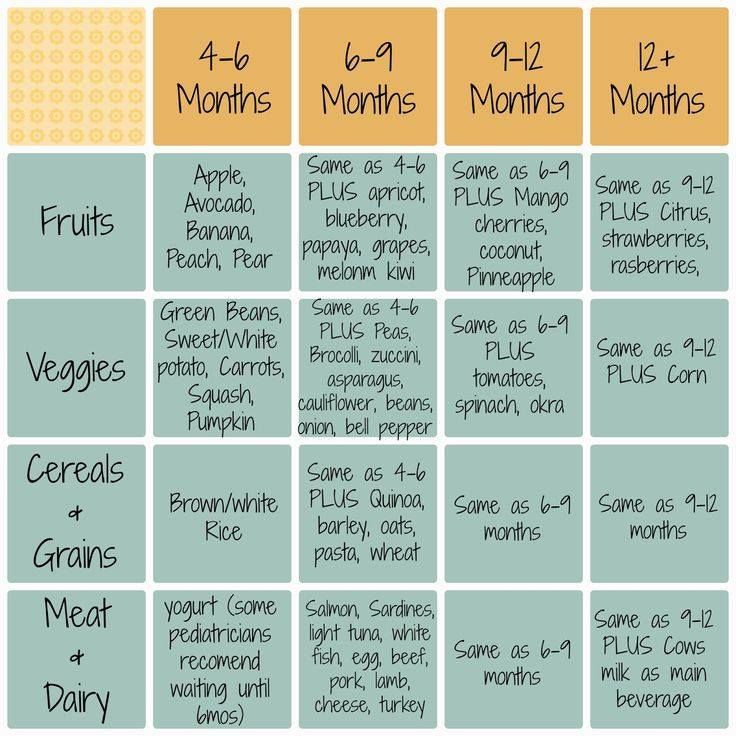 But in the heat, even with such nutrition, the chicks are given water, pouring it into the open beak from a dropper. They should not be given saliva from the mouth. Mineral food necessary for the development of bones, the chicks receive in a finely grated egg shell. Pieces of various feeds fall off in it. The shell should be given 2-3 times a day to chicks of all ages (sparrows begin to feed lime to 2-day-old chicks). nine0003
But in the heat, even with such nutrition, the chicks are given water, pouring it into the open beak from a dropper. They should not be given saliva from the mouth. Mineral food necessary for the development of bones, the chicks receive in a finely grated egg shell. Pieces of various feeds fall off in it. The shell should be given 2-3 times a day to chicks of all ages (sparrows begin to feed lime to 2-day-old chicks). nine0003
Vitamins can be given in the form of berries or fruit juice.
Raptors and owls need fish oil, occasionally desirable for corvids and other birds. Sand (or rather, small pebbles) is absolutely necessary for grinding food. Its deficiency often leads to the death of chicks, as it causes digestive disorders. There are cases when, during transportation, pied flycatcher chicks, already grown up and starting to fly, died in masses. An autopsy showed that their muscular stomachs were densely packed with a felt-like mass - shells from ant pupae. They gave sand - the case stopped: this mass began to grind in the stomach.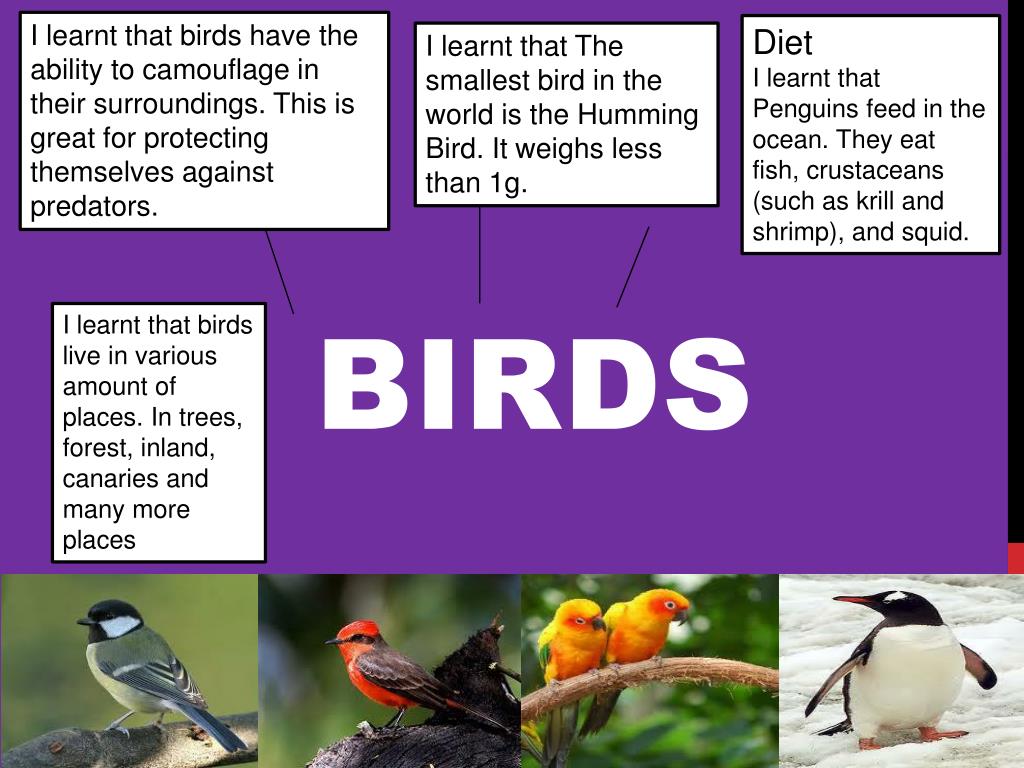 nine0003
nine0003
Literature: K.N. Blagosklonov. Birds in captivity. Moscow, 1960
Starling chicks: how to feed them?
It often happens that starling chicks fall into human hands. This is due to the fact that babies can fall out of the nest at any time, since it does not provide a degree of protection. In addition, the cubs are quite shy and begin to back away when they feel the approach of danger. And given that the chicks still cannot fly, they have no opportunity to rise back. On the ground, they are most vulnerable - most predators will now be able to eat small chicks. In this case, a person becomes the only savior, and if he tries, he will be able to grow a healthy starling. nine0003
The biggest mistake in caring for a baby is feeding him bread. The fact is that only adults can digest bread crumbs, starling chicks are not yet able to do this. You can soak a soft bun in milk and give it to the baby, but you should not do this often. In addition, babies should not eat salty foods as salt is toxic to them. In fact, the diet should be as close as possible to that which birds would have in nature: small insects, worms, larvae, caterpillars, sometimes meat (both raw and boiled). Starlings eat fish with appetite, as long as it is not salty. It should be remembered that you still have to get natural food, because the cub will grow poorly on one meat or fish. Remember that in your hands is a baby who feeds on grains. Therefore, it is necessary to add various cereal plants to the diet. However, you should not abuse such food, because it is too hard, the cub's body will not be able to cope with a large portion. nine0003
In fact, the diet should be as close as possible to that which birds would have in nature: small insects, worms, larvae, caterpillars, sometimes meat (both raw and boiled). Starlings eat fish with appetite, as long as it is not salty. It should be remembered that you still have to get natural food, because the cub will grow poorly on one meat or fish. Remember that in your hands is a baby who feeds on grains. Therefore, it is necessary to add various cereal plants to the diet. However, you should not abuse such food, because it is too hard, the cub's body will not be able to cope with a large portion. nine0003
Find out how to feed the chicks that children picked up on the street
Very often, children bring chicks from the street that supposedly fell out of the nest, and start crying about them...
After you have decided what to feed the starling chick, you have to figure out the dosage. Since the bird in question is quite large, it should have enough food. The total weight of food that starling chicks should eat within two hours should be equal to half the weight of the baby.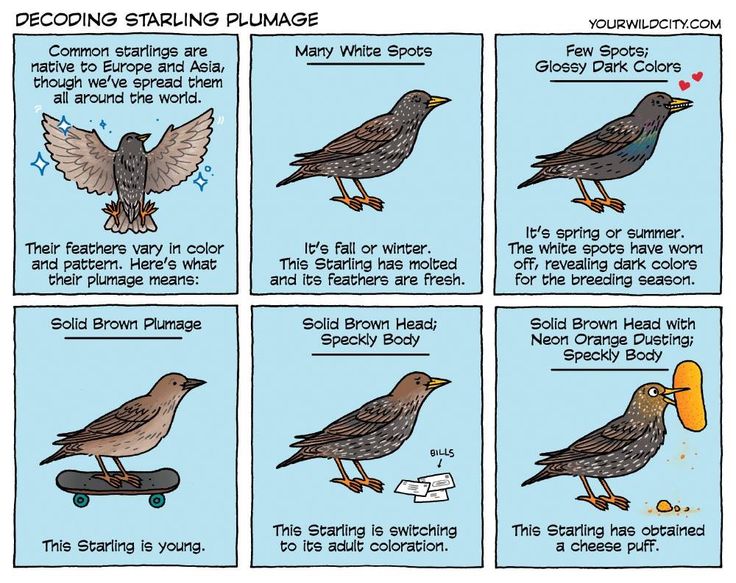 If the baby eats everything that you have prepared for him at one time, then you are lucky - you are dealing with an adult enough, which increases the chances of the chick to survive. If he does not eat everything at once, then you need to feed the bird in several approaches. nine0003
If the baby eats everything that you have prepared for him at one time, then you are lucky - you are dealing with an adult enough, which increases the chances of the chick to survive. If he does not eat everything at once, then you need to feed the bird in several approaches. nine0003
In addition, one should not forget that starling chicks must quench their thirst, otherwise they will die of dehydration. As a rule, babies do not immediately begin to eat and drink from the hands of a person. In order to prove your good intentions to them, you need to slightly press on the sides of the beak, opening it, then the fledgling will feel that it satisfies hunger and thirst, and subsequently will not resist feeding. Babies are usually fed with a pipette.
If you are wondering what breed your starling chick belongs to, the photo will help you. The fact is that you can determine the type of this bird even at a young age. The chicks are very different from each other. In addition, information from books can help you determine the gender and age of the foundling.


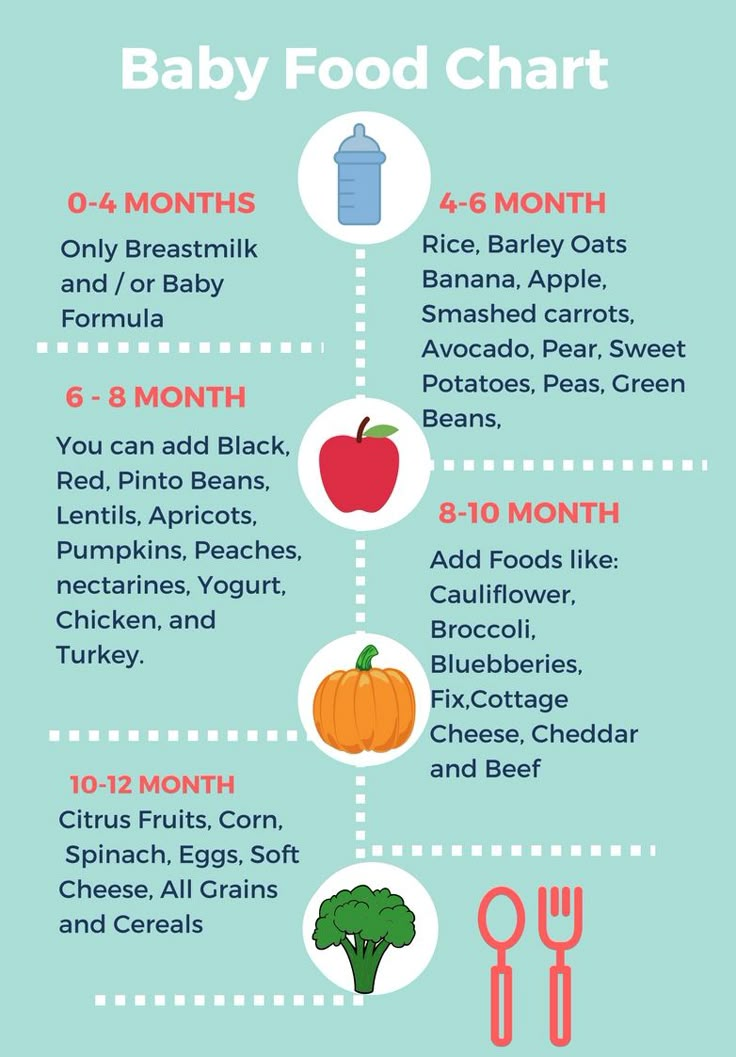 A healthy baby should start begging for food after you have fed him a few times. To help get a feeding response try tapping on the container he is in, or tapping lightly on the top of his beak. Older babies will take longer to start gaping, and may need to be force fed a few times before they come to accept you as a source for food. I feed from the time I wake up until I go to bed.
A healthy baby should start begging for food after you have fed him a few times. To help get a feeding response try tapping on the container he is in, or tapping lightly on the top of his beak. Older babies will take longer to start gaping, and may need to be force fed a few times before they come to accept you as a source for food. I feed from the time I wake up until I go to bed.  Feed as much as the baby wants. You will not overfeed him, as he will stop begging for food when he is full.
Feed as much as the baby wants. You will not overfeed him, as he will stop begging for food when he is full.